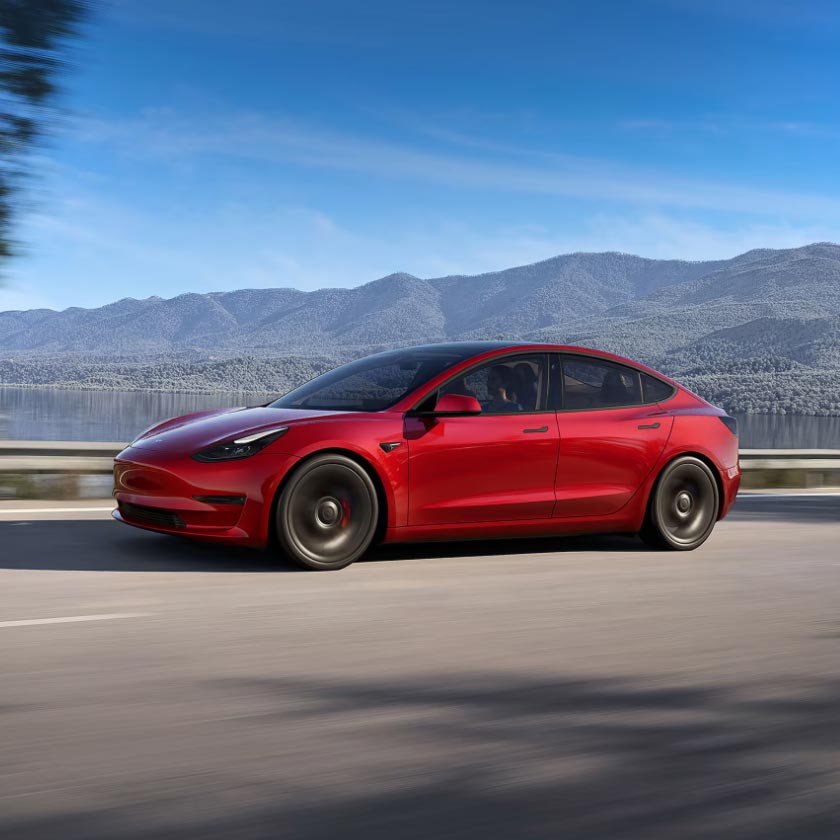On Sunday, January 15, SpaceX’s powerful Falcon Heavy launched the U.S. Space Force’s USSF-67 mission which deployed two payloads to space: the Continuous Broadcast Augmenting SATCOM (CBAS-2) and a Long Duration Propulsive ESPA (LDPE) ring, which is a spacecraft carrying five small satellites. Falcon Heavy lifted off at 5:56 p.m. ET from Launch Complex-39A at Kennedy Space Center in Florida to deliver the payloads into a Geosynchronous Earth Orbit (GEO). The U.S. Space Force paid SpaceX $316 million in August 2020 to perform the USSF-67 mission.
Liftoff! pic.twitter.com/oMFOyojOqj
— SpaceX (@SpaceX) January 15, 2023
The USSF-67 mission marked the fourth time SpaceX has ever used the heavy-lift rocket configuration. Approximately eight minutes after liftoff, Falcon Heavy’s side rocket boosters performed amazing synchronized landings at the Cape Canaveral Space Force Station’s Landing Zones 1 and 2. SpaceX shared an incredible drone video view of the side booster landings, linked below. Now, SpaceX has landed a total of 164 orbital-class rocket boosters. The side boosters used for this mission are identified as B1064 and B1065 which each previously supported the U.S. Space Force USSF-44 mission which took place in November 2022. The rocket's center core B1070 was not recovered because the mission required use of all available fuel to propel the payloads to GEO. 01/16/2022 UPDATE: SpaceX founder Elon Musk explained the reason why the center core is not recovered -"Center core moving too fast return. Falcon Heavy is a 3 (or 2.5) stage rocket, but full & rapid reusability on Earth demand a 2 stage rocket. 1st stage returns to launch site immediately via boostback & 2nd stage orbits until ground track passes back over launch site to return," he wrote via Twitter on January 16.
Falcon Heavy’s side boosters have landed pic.twitter.com/jzxIbHSfFR
— SpaceX (@SpaceX) January 15, 2023
Drone shot of Falcon Heavy's side boosters landing at LZ-1 and LZ-2 pic.twitter.com/JfYRWDIi1j
— SpaceX (@SpaceX) January 16, 2023
The USSF-67 payloads that were deployed into GEO are the Continuous Broadcast Augmenting SATCOM (CBAS-2) and a Long Duration Propulsive ESPA (LDPE) ring. CBAS-2 weighs roughly 3,000 kilograms; it is designed for communication between the U.S. military and the government. Due to national security, there are no additional details about this satellite. The LDPE is a spacecraft prototype that will be tested in orbit. It is capable of hosting six payloads but is only carrying five during this mission. The LDPE has its own propulsion system to deploy the small payloads into separate orbits. Though, it is unknown if all payloads will be deployed or remain attached to the spacecraft. Two payloads attached to the spacecraft belong to the U.S. Space Systems Command, called ‘Catcher’ and the Wide Area Search Satellite (WASSAT). Catcher is a prototype sensor manufactured by The Aerospace Corporation designed to monitor potential space weather hazards. WASSAT is designed to monitor satellites in orbit to gather data about their trajectories.
Falcon Heavy launches USSF-67 to orbit pic.twitter.com/htJfgM0tdE
— SpaceX (@SpaceX) January 16, 2023
》 Author's note: Thanks for reading Tesmanian.com. If you have any story suggestions or feedback, feel free to Direct Message me on Twitter: Evelyn Janeidy Arevalo @JaneidyEve Or write your thoughts in the comment section below. Read my most recent stories here: Recent News Stories 《

Featured Image Source: SpaceX








